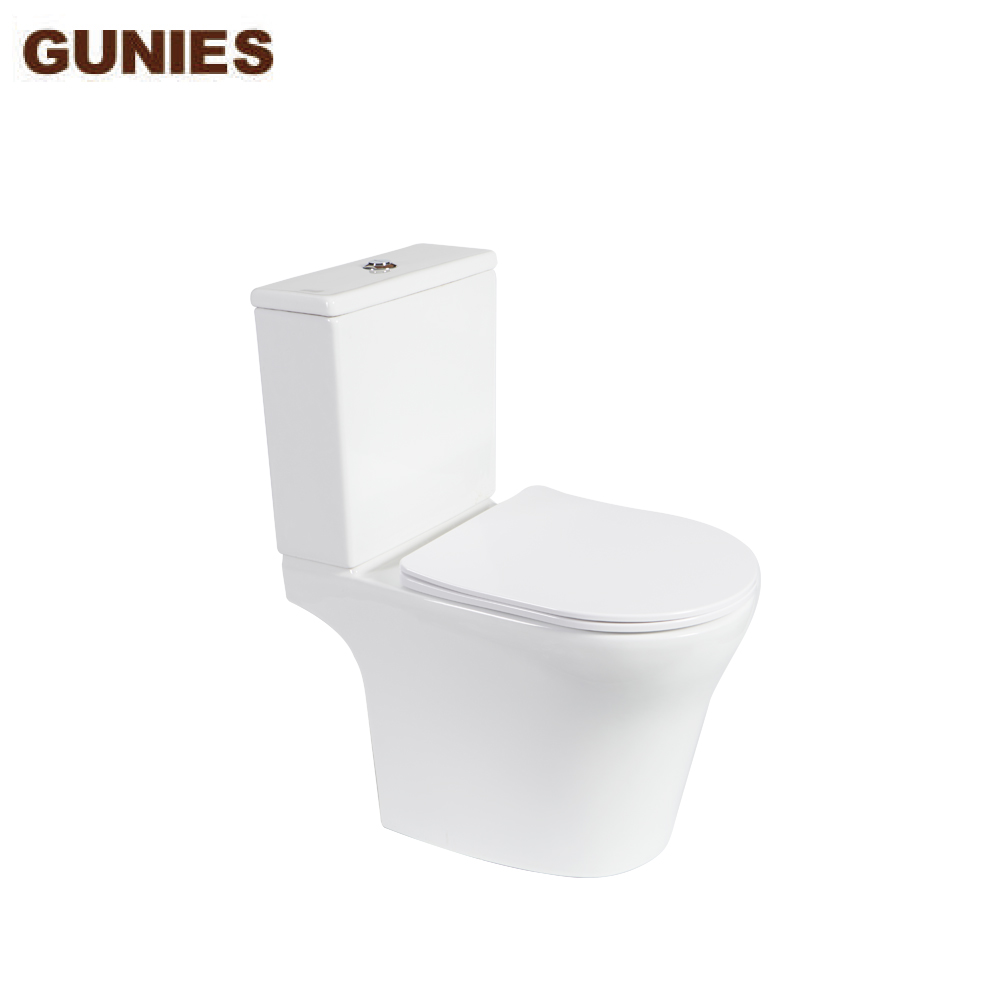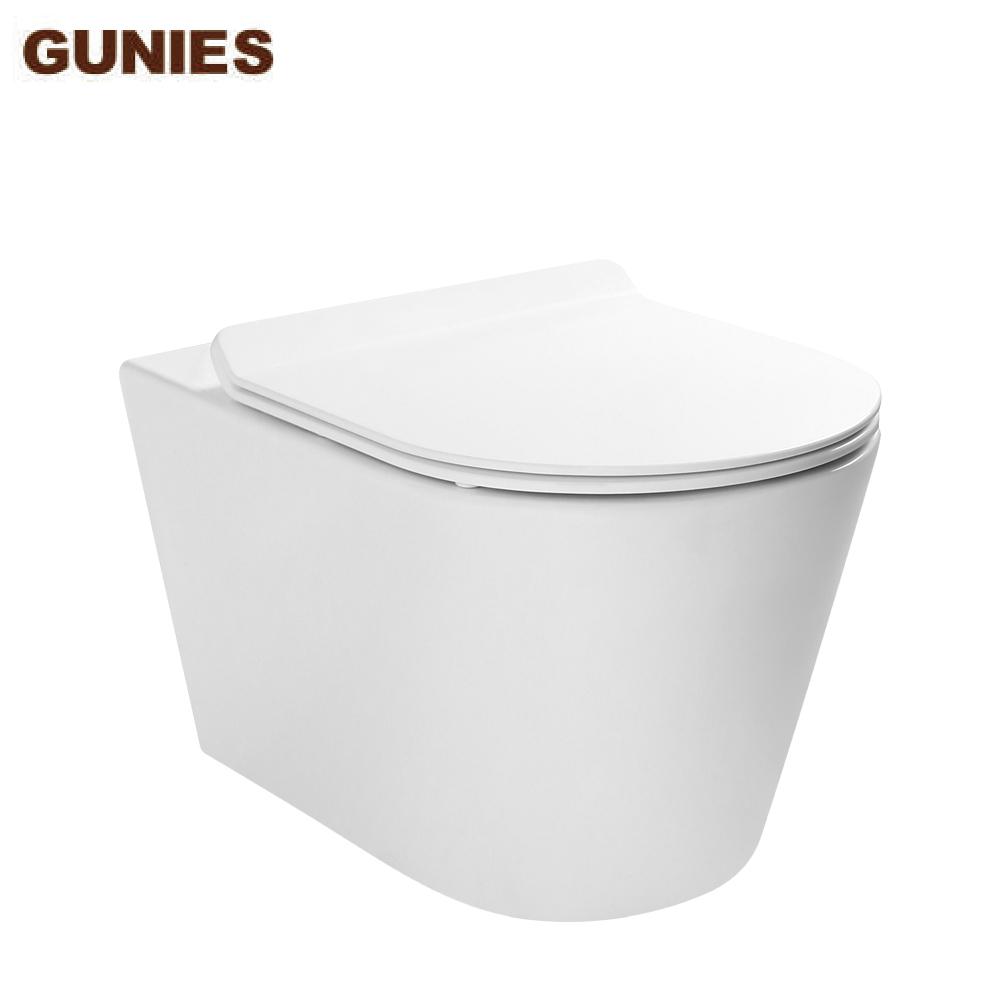When it comes to hotel bathroom design, every detail matters — from the lighting and tile patterns to something as seemingly simple as the toilet. Yet, for hotel owners and facility managers, that simple fixture can become a key factor in long-term maintenance costs and guest satisfaction.
The debate between one-piece toilets and two-piece toilets is not just about aesthetics; it’s about hygiene, durability, and ease of upkeep. Understanding the difference between these two toilet types can help hotels make smarter investments that pay off for years.
What Sets One-Piece Toilets Apart?
A one-piece toilet integrates the tank and bowl into a single seamless unit. At first glance, it looks sleeker and more modern — which is one reason high-end hotels tend to favor it. But the design offers more than visual appeal. Because there are no gaps between the tank and bowl, one-piece toilets are much easier to clean. Dust, mold, and bacteria have fewer places to hide, which is critical in hospitality settings where sanitation is paramount.
From a maintenance standpoint, fewer joints mean fewer leaks. The one-piece structure minimizes the risk of tank-bowl connection failures — a common issue in older two-piece designs. In hotels where downtime equals lost revenue, this added reliability is a major advantage.
Two-Piece Toilets: Traditional, Reliable, and Service-Friendly
Two-piece toilets — the traditional style with a separate tank and bowl — still dominate many mid-range hotels and older properties. Their biggest advantage is convenience: the tank and bowl can be replaced separately, which makes repairs and part replacements cheaper and faster.
For hotels in regions with frequent maintenance demands or where parts availability is an issue, this flexibility can be a real plus. Many facilities teams are already familiar with standard two-piece configurations, making service training simpler.
That said, the gap between the tank and bowl can become a cleaning challenge. Over time, moisture and cleaning chemicals may lead to grime buildup in the joint area. For hotels that aim to maintain a spotless, luxury bathroom experience, this may require more frequent housekeeping attention.
Hygiene and Guest Experience
In hotel bathrooms, the difference between clean and feeling clean matters. Guests may not consciously analyze toilet design, but they immediately notice when a bathroom looks polished and hygienic. One-piece toilets, with their smooth lines and joint-free surfaces, naturally convey a sense of modern cleanliness.
Hotels targeting premium guests — such as boutique or five-star brands — often opt for one-piece toilets from Gunies for exactly that reason. The minimalistic aesthetic aligns with luxury bathroom trends that emphasize seamless surfaces, soft-close lids, and hidden trapways.
However, in economy hotels or properties with high guest turnover, two-piece toilets might still be the practical choice. They’re affordable, easier to ship and install, and can be maintained with standard replacement parts.
Ultimately, the right choice depends on the balance between aesthetics, maintenance strategy, and long-term operational goals.
Durability and Long-Term Maintenance
Over a 10-year span, toilets in hotels undergo intense usage. The key maintenance issues are usually related to leaks, flush valve replacements, and mineral buildup.
One-piece toilets generally have fewer weak points, but when they do require service, replacing internal components can be more involved due to their compact structure. Conversely, two-piece toilets allow easy access to the tank components but may experience more frequent seal leaks where the tank connects to the bowl.
Installation and Space Considerations
Space can also influence toilet selection. One-piece toilets typically have a more compact design, making them ideal for smaller hotel bathrooms or contemporary layouts where every inch counts. They also give designers more freedom to achieve a consistent, high-end look across rooms.
Two-piece toilets, on the other hand, are lighter to transport and install — an advantage during large-scale renovations or phased remodeling projects where dozens of units may need to be replaced at once.
Conclusion: Choosing the Right Toilet for Hotel Longevity
For long-term hotel maintenance, both one-piece and two-piece toilets have valid advantages. One-piece toilets excel in hygiene, aesthetics, and durability, making them the go-to choice for luxury and premium properties. Two-piece toilets remain a practical, cost-effective solution for hotels prioritizing ease of repair and initial affordability.
If you’re outfitting or upgrading your hotel bathrooms, Gunies provides both options — engineered for performance, sustainability, and effortless maintenance. Whether you choose a sleek one-piece design or a reliable two-piece model, investing in quality craftsmanship will pay off in reduced maintenance costs and enhanced guest satisfaction for years to come.


_12011.jpg)

__1__12017.jpg)